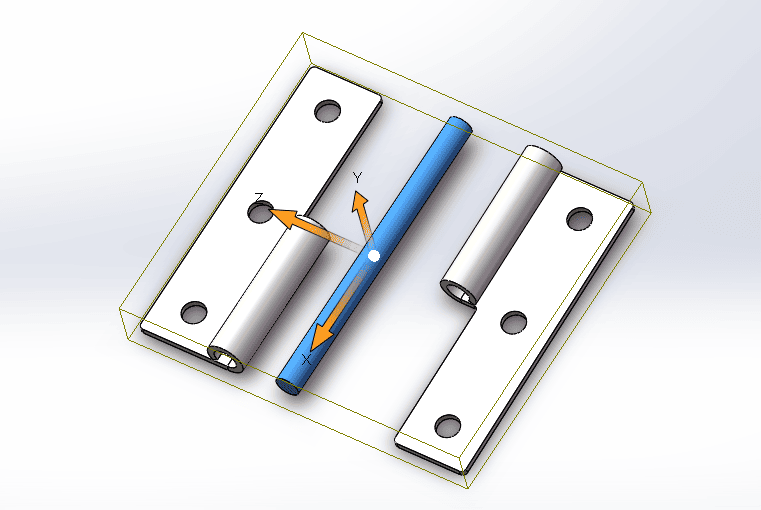In the sprawling industrial landscape, safety is paramount. The integrity of every component, down to the tiniest hinge, is pivotal. Ensuring these components adhere to recognized standards is not just about compliance but is a testament to an organization’s commitment to safety and quality.
Industrial hinges, while seemingly mundane, play a crucial role in machinery and heavy-duty applications. Their design, installation, and maintenance are governed by various safety standards and regulations that ensure optimal performance and reduce risks.
Encountering a faulty hinge in industrial settings can pose serious hazards, emphasizing the importance of standards and regulations. Diving deep into this topic, we’ll unravel the layers of safety norms surrounding industrial hinges.

Why are Safety Standards Crucial for Industrial Hinges?
Safety standards for industrial hinges ensure that these components can withstand rigorous usage and environmental conditions. These guidelines offer manufacturers a blueprint to create durable and reliable products. Furthermore, they provide end-users with the assurance that they’re investing in quality hardware that won’t compromise safety.
How Are These Standards Formulated?
Regulatory bodies globally, such as ISO or ANSI, often set these standards. They conduct thorough research, consider industry feedback, and evaluate potential risks before drafting these guidelines. Once in place, these standards can be universally adopted, ensuring consistent hinge quality across the board.
Different Standards for Varying Applications
Industrial hinges find their place in a myriad of applications – from heavy machinery doors to protective barriers. Each application might have specific standards tailored to its unique requirements. For instance, a hinge used in a high-heat environment would be subjected to different standards than one used in a marine setting.
Periodic Reviews and Updates
Safety standards are not static. With technological advancements and evolving industry needs, these regulations undergo periodic reviews and updates. Such revisions ensure that the standards remain relevant and continue to uphold safety and quality in changing scenarios.
Compliance and Certifications
For manufacturers, adhering to these standards is not just a moral obligation but often a legal one. Non-compliance can lead to hefty fines or even product recalls. Many manufacturers undergo third-party audits to certify their products, adding another layer of trust for consumers.
The Role of Testing in Upholding Standards
Before an industrial hinge hits the market, it usually undergoes rigorous testing. These tests, aligned with safety standards, measure the hinge’s durability, weight-bearing capacity, resistance to environmental factors, and more. Only when a product clears these tests does it get the stamp of approval.
Beyond Safety: Standards Impacting Performance and Longevity
While safety is paramount, these standards also touch upon the hinge’s performance and longevity. Ensuring a hinge operates smoothly, withstands wear and tear, and offers a long service life is just as critical. Such comprehensive guidelines ensure that consumers get value for their investment.
Conclusion
Safety standards and regulations for industrial hinges form the backbone of the manufacturing process, ensuring not just the safety but also the reliability and longevity of these critical components. They’re a testament to the industry’s commitment to excellence and trustworthiness.
At IHINGES, we pride ourselves on being a professional industrial hinge manufacturer. Our advantage lies in delivering unmatched quality at favorable prices. Tailoring solutions, we help customers customize industrial hinges, ensuring a perfect fit for their equipment installation. For a blend of quality and affordability, feel free to contact us for a quote.
You might also be interested:




